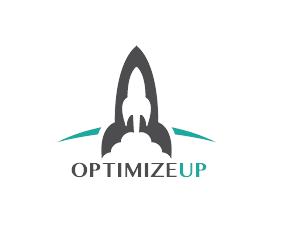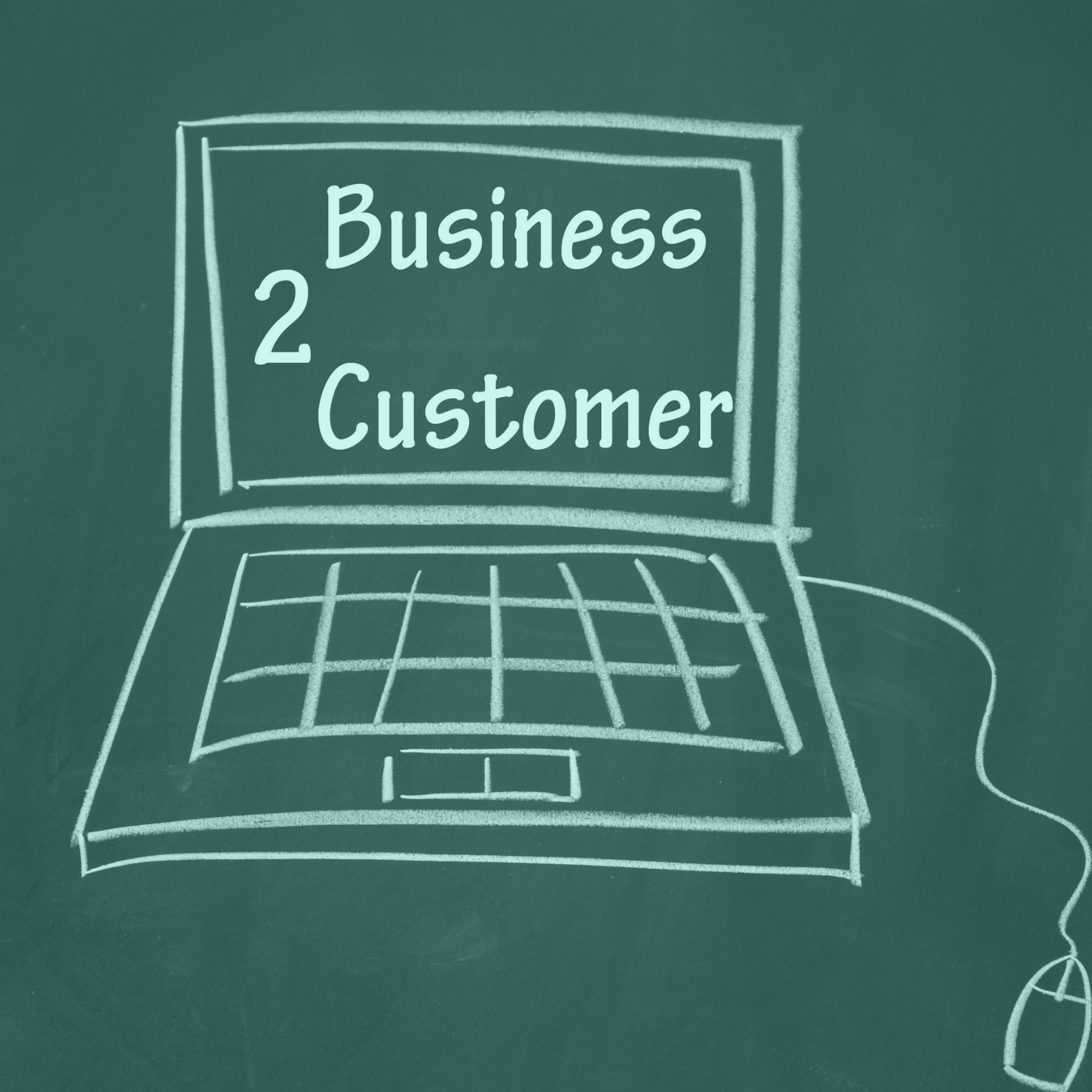B2b Email Marketing
Email marketing campaigns are not a straightforward topic. Yes, this mode of marketing is one of the most rewarding digital marketing methods, with ROI shooting up to 3800%. However, to get there, you need to do things right.
That means learning the different types of marketing emails, the different recipients, and when you should send these emails in the first place.
So, first, which types of marketing emails are there?
There are four types of marketing emails. These include
- information emails
- transaction emails
- digital newsletters, and
- product update emails
Informational emails are focused on a special offer such as an upcoming sale, new product announcement, or event. In most cases, this email would include a single CTA leading to a dedicated landing page related to that offer or information.
Digital newsletters, on the other hand, are sent regularly. This may be weekly or monthly, and will ideally include the most recent content on your blog.
Transactional emails are sent to individuals to communicate some specific information to them. For instance, you can send a transactional email confirming an order purchase once your user checks out.
Finally, product update emails are sent to inform your customers about a new product or provide an update to an existing product in your store.
Great, so what is B2B email marketing?
Business-to-Business (B2B) email marketing refers to marketing campaigns, sent over email, between one business entity and another (thus the B2B). B2B email marketing works in a scenario where your business sells or advertises to other businesses. In this case, those businesses are treated as your clients.
So, when should I send these emails?
B2B marketing emails are best sent over the weekday (Monday to Saturday), Saturday being the outlier. More importantly, these emails should be sent within working hours, if you want increased chances of having them opened.
However, if you want to fully optimize your campaign, you need to use either of these email marketing tools.
The problem with most simplified email marketing campaign tools is that they tend not to carry an advanced set of features that can fully optimize your email marketing campaign.
That’s not the case with Moosend.
Surprisingly, this is one of the most affordable yet most advanced email marketing tools.
Moosend boasts of not only standard features such as well-designed templates and a visual campaign builder but also other advanced features such as AI cross-selling recommendations and weather-based email triggers.
These tools are especially handy in modern B2B email marketing campaigns.
Pros
- Great pricing – Moosend gives you access to all features for $10, which is fairer compared to other tools
- Great for small businesses – Moosend is tailor-made for small businesses that want an easy to use tool with minimal personnel training
Cons
- Weak reporting – despite the advanced features for sending email campaigns, Moosend’s reporting is significantly weaker compared to other tools.
ActiveCampaign is considered one of the most affordable and easy to use email marketing tools for small businesses. With support for over 90,000 small businesses, ActiveCampaign uses advanced tools and features to ensure that your email creation and delivery is as seamless as possible.
For instance, they use a visual automation builder that allows anyone, with any skill level, to quickly create powerful automation sequences for their emails. Even better, they allow you to run A/B split tests on the automation sequences.
This is important if you want to optimize delivery, open rates, and conversion rates for your email campaigns.
Pros
- Easy to use – ActiveCampaign has an easy to use user interface. This reduces the skill level required to not only run but also read the reports for the email campaigns, meaning you can hire less staff.
- Great automation – automation is king with ActiveCampaign. There is the visual automation builder with supported A/B split tests, which lets you worry more about other important things, while optimization is automatically done for you.
- Great revenue-boosting features – ActiveCampaign uses SMS messages, predictive sending, site messages, and predictive content to boost B2B engagement in your site, increasing revenue in the process.
- Great price – ActiveCampaign is one of the pocket-friendliest email marketing campaign tools in the market today. Their prices go for as low as 1/10th of other tools.
Cons
- Inadequate reporting – ActiveCampaign’s reporting lacks in-depth information compared to other tools such as Autopilot and HubSpot. However, since it costs less, and is mostly suited for small businesses, the reporting serves most purposes.
SendInBlue is yet another B2B email marketing tool that is built to automate and optimize your email marketing campaigns.
This tool not only helps in email marketing, but also extends its reach to SMS campaigns, ads, and simple landing pages.
Thanks to its advanced automation, SendInBlue works in autopilot once you’ve set it up. All that is left is for you to retarget and segment as needed, to achieve the best ROI out of your campaign.
Pros
- Great for both businesses and individuals – SendInBlue is tailor-made for both B2B and B2C email marketing campaigns.
- Easy to use – SendInBlue is easy to use, automate, and tune to your specific business needs.
- Generous free plan – SendInBlue charges by volume. Their free plan is generous, offering 300 emails a day. Pricing then starts at $25 per month.
Cons
- Hard initial setup – some users complain that the initial setup can be quite difficult.
- Slow to deliver – in some cases, emails might take an hour or two to deliver.
- Low support – their support team is not always available, which might be frustrating in some cases
Pabbly Email Marketing is focused on small businesses and the tools that they may need to deliver top-notch email marketing campaigns. These include marketing automation and SMTP routing, both of which are offered in the most basic price plan.
Pabbly also guarantees one of the best inbox delivery rates in the market. Their software ensures that 100% of your emails are delivered to the inbox instead of being sent to the spam folder, which is not good both for the campaign and the brand in a B2B email marketing campaign.
On top of this, Pabbly also allows you to create engaging newsletters and emails, with the addition of personalized tags, redirect links, and other great features to your emails.
Pros
- Easy to use interface – Pabbly supports a drag-and-drop user interface that makes it easy to design emails and newsletters.
- A rich collection of templates – you can quickly get your email design ready by sourcing it from over 500 templates provided by Pabbly.
- List management – with Pabbly, you can easily manage your business contact list by splitting them into groups based on location, for instance, or niche.
- Support for autoresponders – Pabbly allows you to automatically send transactional emails based on certain events. These may be welcome emails or abandoned carts.
Cons
- The free trial doesn’t support emails – interestingly, while on the free trial plan, you can’t send emails. This makes testing the service rather difficult.
- Subscriptions forms carry an add-on fee – you have to pay extra for the subscription forms used to subscribe or unsubscribe from your email marketing campaign.




